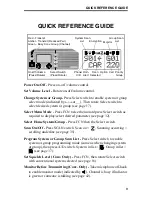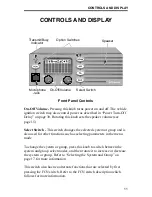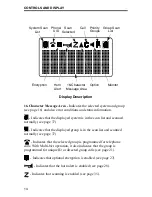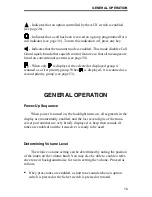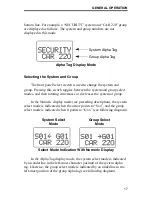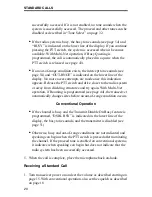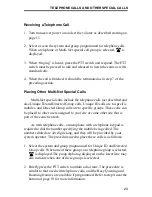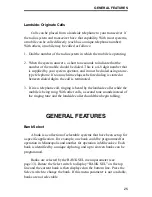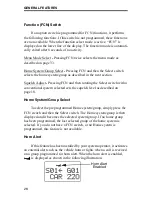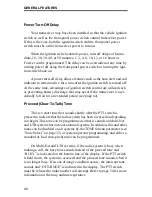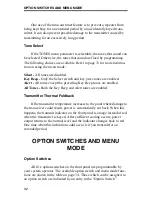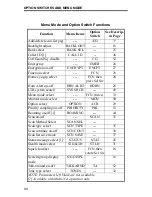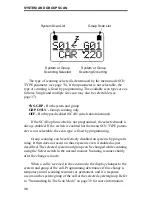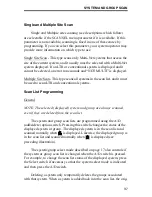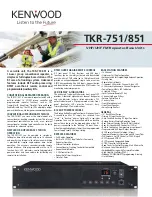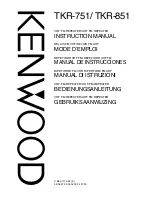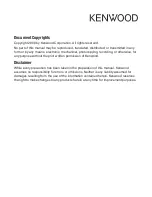
TELEPHONE CALLS AND OTHER SPECIAL CALLS
22
Busy and Out-Of-Range Conditions
Busy and out-of-range conditions are indicated the same as with
Multi-Net and LTR standard calls described on page 19. The
following additional features may be available with telephone calls:
Busy -
With LTR operation, if Busy Queuing is programmed (see
page 48), the call is automatically placed in a queue when the PTT
switch is released. The Busy Queuing mode is indicated by “IN
QUEUE” in the display.
Out-of-Range -
With LTR operation, if the System Search feature is
selected (see page 49), that feature is automatically selected when the
PTT switch is released. The System Search mode is indicated by “SYS
SRCH” in the display.
4. With the dial tone sounding, dial the number using the 0-9 keys on the
microphone keypad. If the microphone has a memory, you may also be
able to recall the number from memory. The PTT switch does not need
to be pressed while you are dialing if the transmitter automatically
keys. If too much time elapses between digits, the call is terminated.
5. After the number is dialed, release the PTT switch (if it was pressed).
With Multi-Net operation, a short tone then sounds to indicate that the
number was accepted by the system. Landside ringing (or a landside
busy condition) should then be heard.
6. When the other party answers, press the PTT switch and respond. The
PTT switch must be pressed to talk and released to listen (the same as
with mobile-to-mobile calls).
7. When the call is finished, it should be terminated. This is usually done
by pressing the # key, and termination is indicated by three beeps.
Terminating the call in this manner prevents extra billing that may
occur while the system automatically detects the end of the call.


